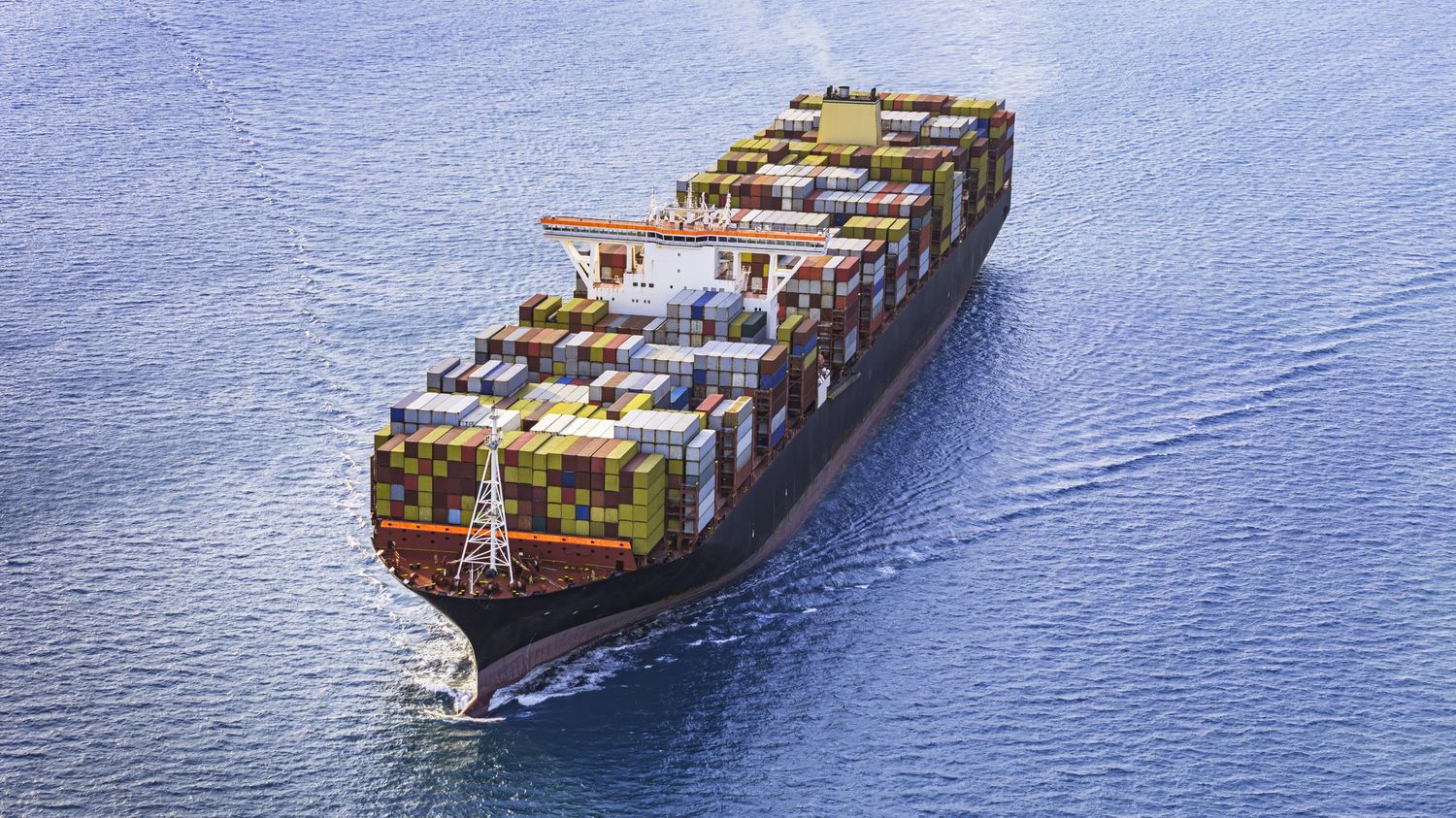What if to transport almost all of what we consume, we no longer relied only on the power of the engines of gigantic container ships, but also on that of ocean currents?

Published
Reading time: 102 min

Thanks to the launch of a Franco-American satellite in December 2022, scientists now have a very detailed map of all marine currents, as well as their little brothers, the “oceanic swirls”, present by the thousands across all oceans. of the planet. An inexhaustible source of energy that boats could use.
Oceanographer Shane Keating compares this process to a famous video game: “In Super Mariothere are moving platforms, on which you can jump to move forwardhe explains, but you have to have the right timing, and get off these platforms before they go in the opposite direction.”
“You want to use the ocean currents when they push you in the right direction, and then break away from them before they take you to the wrong place.”
Shane Keating, oceanographerat franceinfo
Harnessing marine currents to significantly reduce the maritime transport industry’s fuel consumption, and more importantly, its carbon footprint, which is equivalent to more than a billion tonnes of CO2 per year, is the idea behind by this Australian scientist. Based on very precise data collected by satellite, he has developed an algorithm that he compares to a Google Maps or a Waze of the oceans.
This algorithm is designed for maritime carriers to allow them to establish an optimal route, that is to say a journey which does not take more time than currently, but which uses the force of the vortices along the way, being much less energy consuming. And the first tests are very promising: “We did tests on different types of cargo ships, cruise ferries, fishing boatshe describes, and we can thus save between 5% and 25% on fuel, depending on the route. And you also reduce your emissions, by 15 to 25%.”
Shane Keating and Ocean Intelligence, the company he created to commercialize his technology, are in advanced discussions with several carriers, for whom this is a major issue. If they are committed, through the International Maritime Organization, to achieving carbon neutrality by 2050, the approximately 50,000 cargo ships which sail across all the world’s oceans currently generate 3% of global carbon emissions. CO2.
